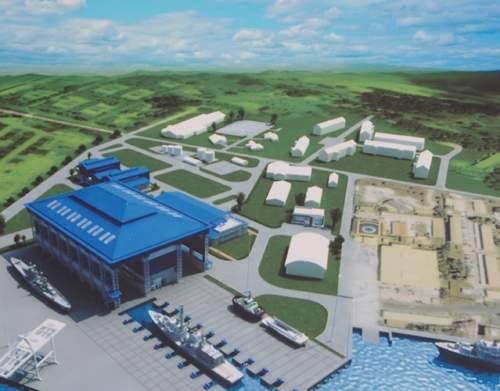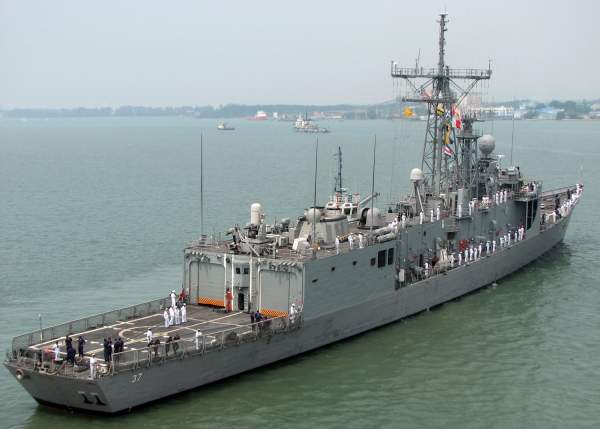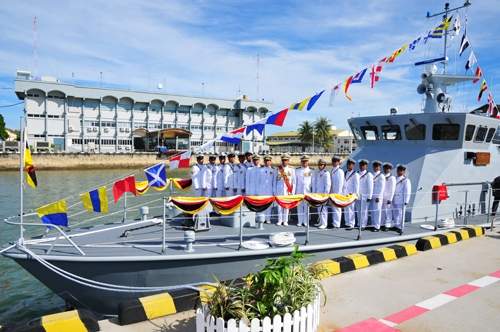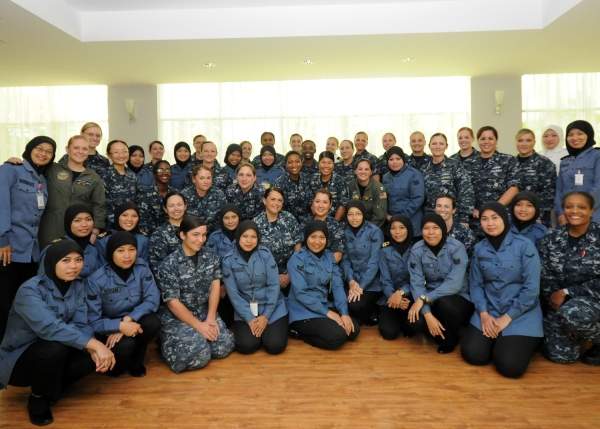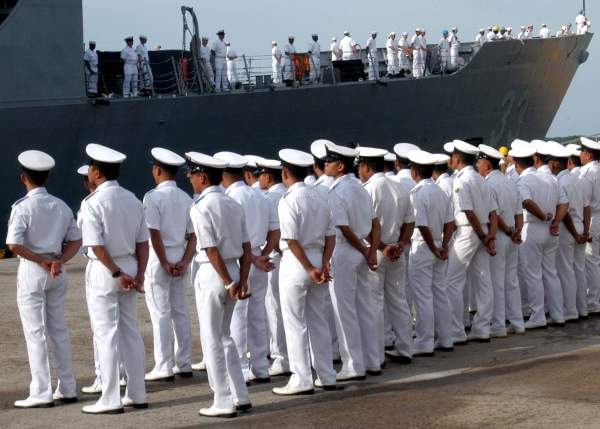Muara Naval Base is the main headquarters of the Royal Brunei Navy, part of the Royal Brunei Armed Forces (RBAF). It is located in Pekan Muara in the Jalan Tanjong Pelumpong area, about 4km from the Muara Town.
The naval force protects the offshore oil industry and patrols the Bruneian waters. The Royal Brunei Navy was established in June 1965.
Location and layout
Baseline of the Brunei Darussalam is 100km. It has a territorial limit of 12nmi and an additional 200nmi of the exclusive economic zone (EEZ). Several rivers and estuaries extend into the EEZ interiors.
The RBN is responsible for the protection of national offshore resources, to deter and defend against sea borne forces, maintenance of sea lines of communication (SLoC), surveillance of the EEZ, providing support to the RBAF operational units, search and rescue operations, as well as other security agencies and ministries.
History of the Brunei base
The Royal Brunei Navy was Brunei’s second defence unit and was called the boat section of the RBAF. The navy has been armed with Temuai aluminium boats, missile gun boats and coastal patrol crafts since 1977. The unit was earlier tasked to transfer infantry to the interiors of Brunei.
In 1966, the naval force was expanded and was renamed Boat Company. It was later reorganised as Angkatan Laut Pertama, Askar Melayu DiRaja Brunei (ALP AMDB).
The ALP AMDB administration formed its base at the Muara Naval Base in 1974. In October 1991, the naval defence force was reorganised to form the Royal Brunei Navy, after Brunei attained independence from Great Britain in 1984.
In 1997, the base started a $140m expansion to include infrastructure to support three new offshore patrol vessels (OPVs) and upgrade its existing facilities.
GHD, Damit Bakar Consultants and Australian Construction Services were contracted for the projects. The scope of works include construction of 41,000m² of reinforced concrete deck, a 314m long quay, dredging works at the site, installation of a shiplift, two 50m ship sheds for the OPVs maintenance and other support facilities for vessel refit workshops.
Garrison facilities and construction of the Muara Naval Base
The base has a Royal Brunei Navy Medical Services Centre for providing medical and health services to the navy personnel and their families. It has a logistics building, spare provisions, naval technical training school and day care centre.
Under the 2007-2012 national development plan (RKN), the expansion of the base includes construction of ammunition and explosive storage bunkers, the Ministry of Defence building and the third battalion camp.
A BND$44.6m ($35.2m) expansion project was initiated at the naval base in July 2011. It will add new facilities such as an increased infrastructure, electronic and weapons workshops, ship sheds, new car parks, a technical office and a battery shop.
The groundbreaking ceremony of the construction works was held in November 2011. The project is expected to be completed by October 2012.
HAHD Engineering and Associates is the civil, structural and main consultant of the project. Syarikat Kejuruteraan Sistematik is the contractor and Juru Perunding is the mechanical and engineering consultant.
Operations
The RBN has been divided into four main units – fleet, administration, training and logistics The navy frequently performs internal and bilateral exercises with countries, including Malaysia and Singapore, to increase its ability and expertise. The base is also regularly visited by warships from countries such the US and the UK.
The navy celebrated its 46th anniversary through review and exhibition of its fleet at the Muara naval base in July 2011. The BRIDEX 2011 showcased about 24 vessels and ships from ten different countries.
Fleet and future development plans of the Royal Brunei Armed Forces base
The RBN’s fleet includes two Darussalam Class OPVs, four Itjihad Class corvettes, two Serasa Class Amphibious Warfare Craft (LCM), three Bendeharu Class patrol boats, personnel launchers and patrol boats among others.
In November 2011, the RBN commissioned a new fast interceptor boat (FIB 25-012) called KDB Mustaed. KDB stands for Kapal Diraja Brunei (meaning Royal Brunei Ship in Malay).
The Nakhoda Ragam class OPVs — KDB Nakhoda Ragam, KDB Bendhara Sakam and KDB Jerambak — were built by BAE Systems Surface Ships in the UK.
They were launched in January and June 2001 and June 2002 respectively at the Scotstoun shipyard of BAE Systems. The corvettes, however, have not been used by the Brunei Navy and are planned for sale to interested countries.
The future projects being planned include a RBAF museum, a special combat regiment and military academy and an explosive ordinance training area. The Joint Operations Centre is planned to be upgraded.

